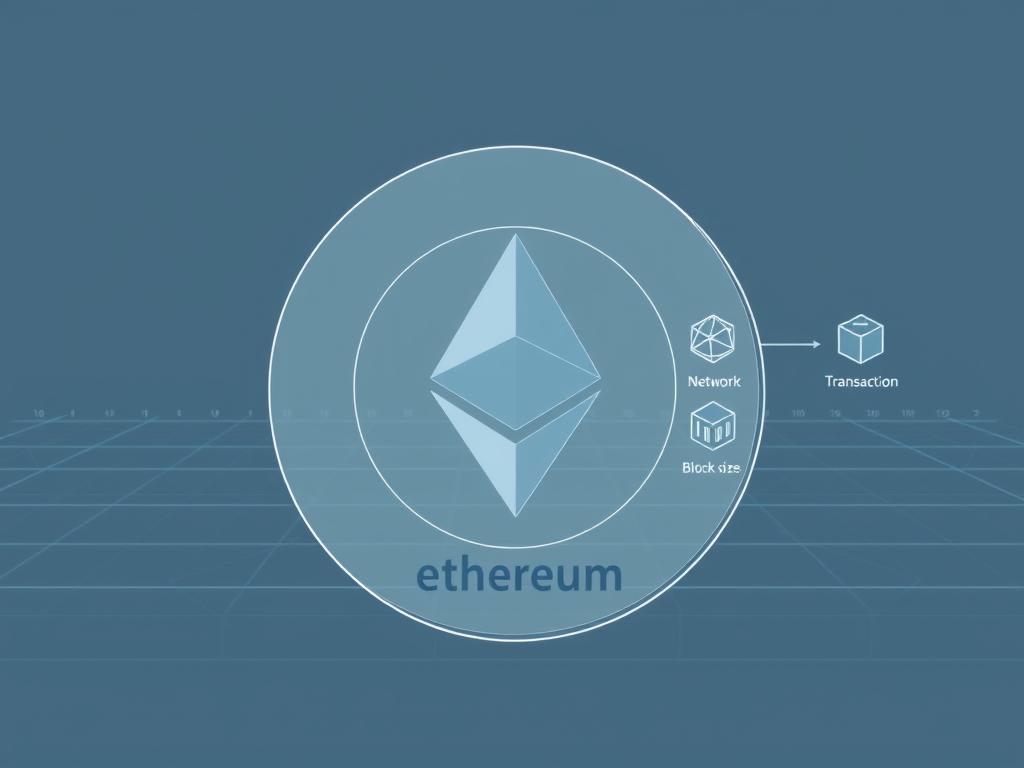Gas fees power cryptocurrency transactions. They’re the essential fuel for blockchain networks. These fees cover the cost of processing and validating blockchain transactions across digital platforms.
Gas fees ensure network security and efficiency. They reward validators and miners for maintaining blockchain integrity. Ethereum leads with a sophisticated fee structure that adapts to demand.
These costs are crucial for cryptocurrency users. They can change dramatically based on network congestion and transaction complexity. Smart users learn to manage these fees effectively.
Gas fees affect all blockchain transactions. This includes simple token transfers and complex smart contract executions. They determine the speed and cost of operations.
As digital finance grows, understanding gas fees becomes vital. Investors and blockchain enthusiasts need to grasp these nuances. It’s key to navigating the evolving cryptocurrency landscape.
The Fundamentals of Cryptocurrency Gas Fees
Gas fees are vital for cryptocurrency transactions. They represent the cost of processing and validating transactions on blockchain networks. These fees are the financial backbone of decentralised systems.
Gas fees are crucial for blockchain network security. They compensate computational resources during transaction processing. This incentivises validators to maintain the network’s integrity.
How Blockchain Networks Manage Transaction Costs
Gas fee structures determine transaction costs on blockchain networks. The pricing depends on network congestion, transaction complexity, and computational demand.
- Network congestion levels
- Transaction complexity
- Current computational demand
“Gas fees are the economic engine that powers blockchain transaction processing” – Cryptocurrency Expert
Understanding Transaction Processing Dynamics
Blockchain transaction processing involves multiple steps. The gas fee structure values each computational effort. Ethereum transactions can cost from $0.0001 to over $100, depending on demand.
Key Components of Gas Fee Calculation
Gas fee calculation uses a specific formula: Gas Fee = Gas Limit x Gas Price. This model allows for flexible transaction costs across different blockchain networks.
Timing and network conditions greatly affect transaction expenses. Users can enjoy lower gas fees during off-peak hours like weekends. This is in contrast to high-traffic periods.
What is Gas Fee in Cryptocurrency
Gas fees are crucial transaction costs in cryptocurrency networks, especially Ethereum. They’re vital for processing and validating blockchain transactions. Grasping gas fees helps crypto users navigate digital currency exchanges more effectively.
Ethereum measures transaction costs in ‘gwei’. One gwei is 10^-9 ETH, allowing precise expense calculations. The total fee is the gas limit multiplied by the gas price per unit.
- Gas fees ensure network security and efficient transaction processing
- Different transaction types require varying amounts of computational resources
- Complex operations like smart contracts incur higher fees compared to simple transfers
Gas fee pricing reflects network demand and computational complexity. Users can set their gas prices strategically. Higher fees typically lead to faster transaction processing.
| Transaction Type | Typical Gas Fee Range | Processing Speed |
|---|---|---|
| Simple ETH Transfer | Low | Standard |
| Smart Contract Execution | High | Variable |
| NFT Minting | Very High | Slower |
Ethereum’s network evolution aims to reduce transaction costs. The 2022 shift to proof-of-stake is part of this effort. These changes seek to boost overall network efficiency.
The Economics Behind Ethereum Gas Fees
Ethereum’s economic system centres on digital transactions, with gas fees playing a vital role. Supply and demand drive the pricing that keeps the blockchain running smoothly.
Gas fees are influenced by network activity and transaction costs. Ethereum’s economic model adapts to real-time conditions on the network.
Supply and Demand Dynamics
Gas fees are shaped by the network’s supply and demand principles. When network traffic increases, so do transaction costs.
Key factors affecting these dynamics include user numbers, processing capacity, and transaction complexity.
- Total number of active users on the network
- Current blockchain processing capacity
- Complexity of ongoing transactions
Network Congestion and Fee Fluctuations
Network congestion greatly impacts Ethereum’s economic landscape. During busy times, gas prices can rise sharply.
For example, the Bored Ape Yacht Club’s Otherside launch saw gas fees hit about 6,000 gwei. This shows how volatile transaction costs can be.
Price Impact on Different Transaction Types
Transaction types greatly influence gas fee calculations. A standard ETH transfer needs about 21,000 gas units.
Complex smart contract interactions can require hundreds of thousands of gas units.
- Simple transfers: Lowest gas consumption
- Smart contract interactions: Highest gas requirements
- DeFi transactions: Variable gas costs
Layer 2 solutions like Polygon and Optimism offer promising alternatives. They could reduce gas fees and ease network congestion for Ethereum users.
Understanding Gas Fee Calculations
Gas fee calculations are vital for optimising cryptocurrency transactions. The formula involves key components that determine the total cost. Understanding these elements helps users navigate blockchain interactions more effectively.
Here are the essential parts of gas fee calculation:
- Gas Limit: The maximum amount of computational work a user is willing to pay for
- Base Fee: A network-determined charge that adjusts dynamically
- Priority Fee (Tip): An optional amount to expedite transaction processing
The main gas fee formula is: Total Fee = Gas Unit (Limit) * (Base Fee + Tip). This helps users estimate transaction costs more precisely. One ETH equals 1 billion gwei, offering a detailed view of expenses.
| Transaction Type | Typical Gas Requirement | Approximate Cost |
|---|---|---|
| Simple ETH Transfer | 21,000 gas | Lower cost |
| Complex Smart Contract | 100,000+ gas | Higher cost |
The London upgrade in August 2021 introduced a more responsive gwei calculation system. This change created a dynamic pricing model that adapts to real-time network demand.
Savvy users can reduce costs by timing transactions and using gas fee tracking tools. These strategies help make smarter choices in the blockchain world.
Strategies for Minimising Gas Fees
Cryptocurrency transactions require clever gas fee management. Ethereum gas fees average $46 per transaction, 20 times higher than other blockchain networks. Understanding cost-reduction techniques is vital for savvy crypto users.
Transaction timing is crucial for managing expenses. Ethereum gas fees peak between 2:00 and 6:00 PM UTC. Early morning and late night are ideal for minimising transaction costs. Smart traders use these off-peak periods to slash their blockchain spending.
Layer 2 solutions offer game-changing alternatives to the main Ethereum network. Platforms like Polygon, Arbitrum, and Optimism can reduce gas fees by up to 90%. These solutions provide cost-effective and secure transaction environments.
Users can make smart choices by exploring alternative networks and using gas tracking tools. Etherscan’s Gas Tracker is a helpful resource for optimising cryptocurrency transactions.
















